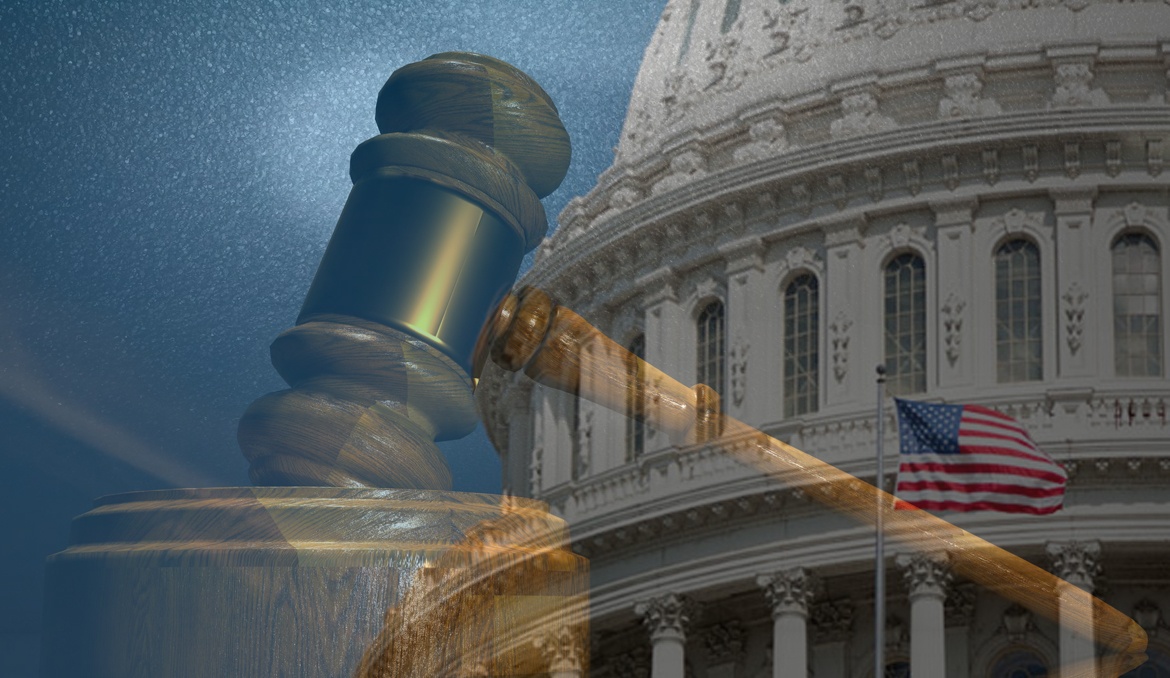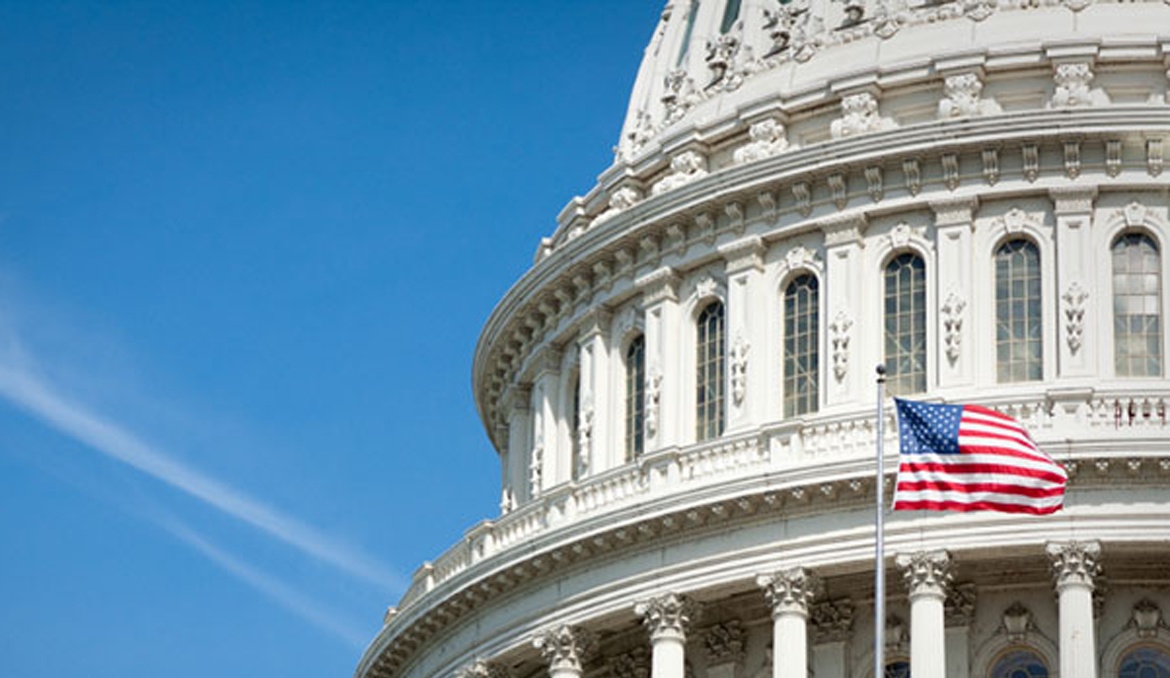Category: Advocacy
-

Alabama Physicians Attend AMA Meeting in Chicago to Discuss State of Health Care
Pictured from left in the back are Dr. Buddy Smith Jr., Dr. Jefferson Underwood and Dr. Jerry Harrison. In front from left are Dr. Steven Furr, Medical Student Delegate Hannah Ficarino from the University of South Alabama, Dr. Jorge Alsip and Dr. John Meigs. During the AMA’s Annual Meeting held June 8-13, 2018, the House…
-

President Trump Signs VA Mission Act
UPDATE JUNE 6, 2018: President Trump signed the VA Mission Act designed to increase veterans’ access to timely and private health care. The new VA law aims to combine and expand existing community care programs during the next year with intentions to roll out one centralized community care program next May. Building off the positive…
-

President Trump Signs Right-to-Try Act
On Wednesday, May 30, 2018, Pres. Donald Trump signed the Right-to-Try Act, which allows terminally ill patients the ability to try drugs in preliminary testing but not-yet-approved by the Food and Drug Administration. The aim is to make it easier for those patients suffering from fatal illness who have exhausted all other resources to access…
-

Demand for Non-Physician Providers Rose to Make Up for Physician Shortage
The Medical Group Management Association has released its 2018 MGMA DataDive Provider Compensation Survey revealing primary care physicians’ compensation rose by more than 10 percent over the past five years. This increase, which is nearly double that of specialty physicians’ compensation over the same period, is further evidence of the worsening primary care physician shortage…
-

MOC UPDATE: Working to Solve Problems with Certifications
UPDATE DEC. 12, 2018: The Continuing Board Certification: Vision for the Future Commission has released its draft report for public comment. The report, which includes the Commission’s key findings and recommendations, will be posted on the Vision Initiative website for comment through Tuesday, Jan. 15, 2019 at 11:00 p.m. CST. The Medical Association continues to work…
-

Bipartisan Budget Act Boosts Health Programs
In a rare show of bipartisanship for the mostly polarized 115th Congress, the Bipartisan Budget Act of 2018 is officially one for the record books. The week leading up to the final vote was far from smooth with Sen. Nancy Pelosi impressively filibustering on the floor of the U.S. Senate for eight hours to Rep.…
-

Physician Groups Issue Joint Statement in Support of Raising Alabama’s Legal Tobacco Age to 21
DOWNLOAD THE MEDIA RELEASE MONTGOMERY — The Medical Association of the State of Alabama, the Alabama Chapter-American Academy of Pediatrics, the American College of Cardiology-Alabama Chapter, the Alabama Dermatology Society, and the Alabama Academy of Family Physicians have joined in support of legislation that would raise Alabama’s legal tobacco age from 19 to 21. “Research…
-

ABMS Issues Statement about MOC Update
Following the Medical Association’s Annual Governmental Affairs Meeting in Washington earlier this week where Richard Hawkins, President and Chief Executive Officer of the American Board of Medical Specialties, was a guest speaker, ABMS issued a statement as an update on the progress of issues of concern to physicians about Maintenance of Certification. Late last year, frustrations…
-

Possible Government Shutdown with CHIP in the Balance?
Friday, Jan. 19: Government shutdowns are rare, with the last shutdown in 2013 that lasted 17 days. Even though the U.S. House passed legislation that would fund CHIP for six more years, the Senate may not approve the measure. In fact, Congress is facing the possibility of another government shutdown, which could leave health care…
-

Medical Association Works to Ease MOC Frustrations
Frustrations with the current Maintenance of Certification process brought together Medical Association Executive Director Mark Jackson and Council on Medical Service member Jeff Rickert, M.D., and representatives from other state medical societies and individual specialty boards for a series of meetings with the American Board of Medical Specialties. The daylong meeting in Chicago was called at the…